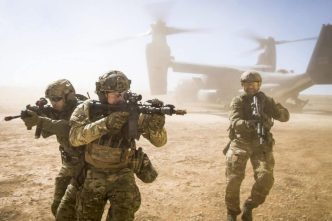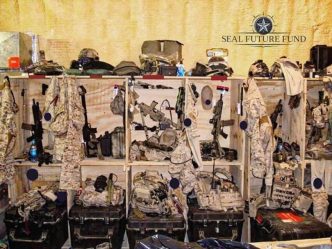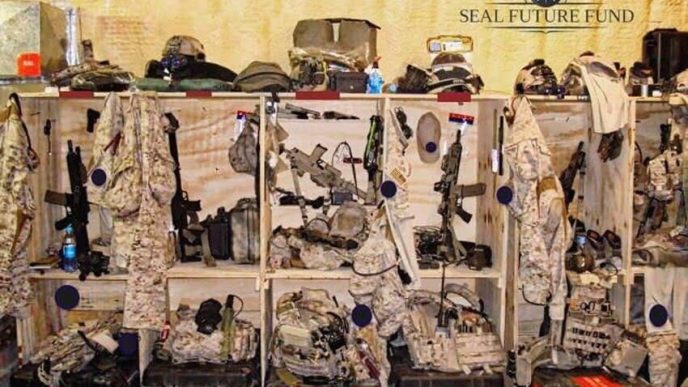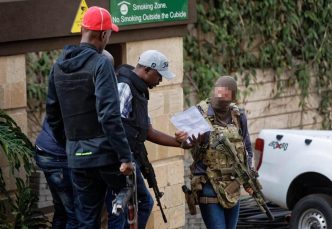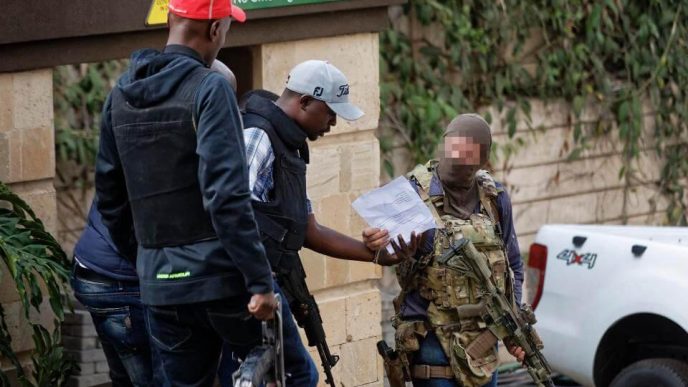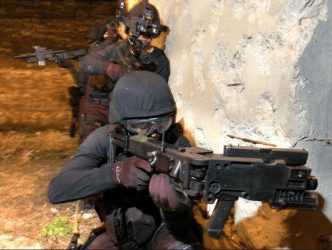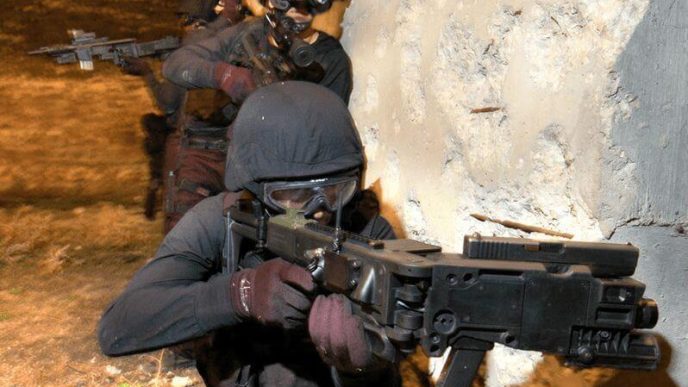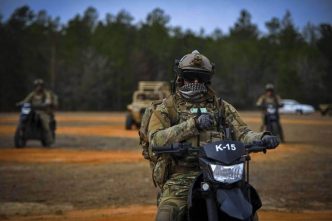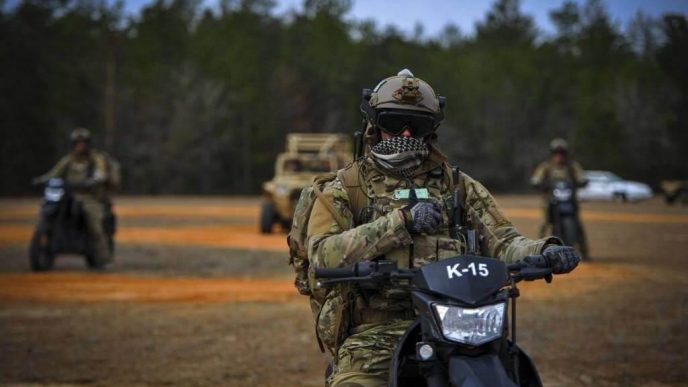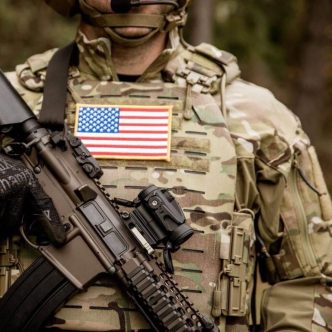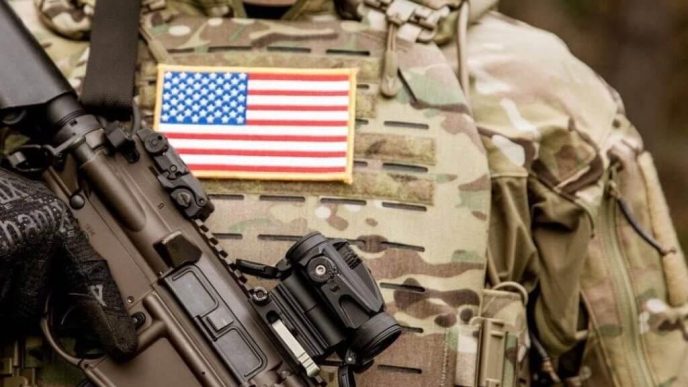Had the Cold War turned hot, there would have been no escape for the U.S. garrison in West Berlin. Marooned in a city more than 100 miles inside Communist East Germany, the U.S. Berlin Brigade—and the British and French garrisons as well—would certainly have been overwhelmed by Soviet and East German troops. Their presence helped keep half of Berlin free from Communist rule. But it was no secret that theirs was a suicide mission.
Hazardous Mission
Yet there was a unique American unit with an even more hazardous mission: a small Special Forces detachment whose job it would during wartime to conduct guerrilla warfare against the Soviets and their puppet armies. That sentence bears repeating: Deep inside East Germany, in the midst of a vast Soviet military and secret police apparatus, a small group of U.S. commandos would attempt to blow up Russian supply depots and lead local resistance groups.
The phrase “suicide mission” doesn’t even apply.
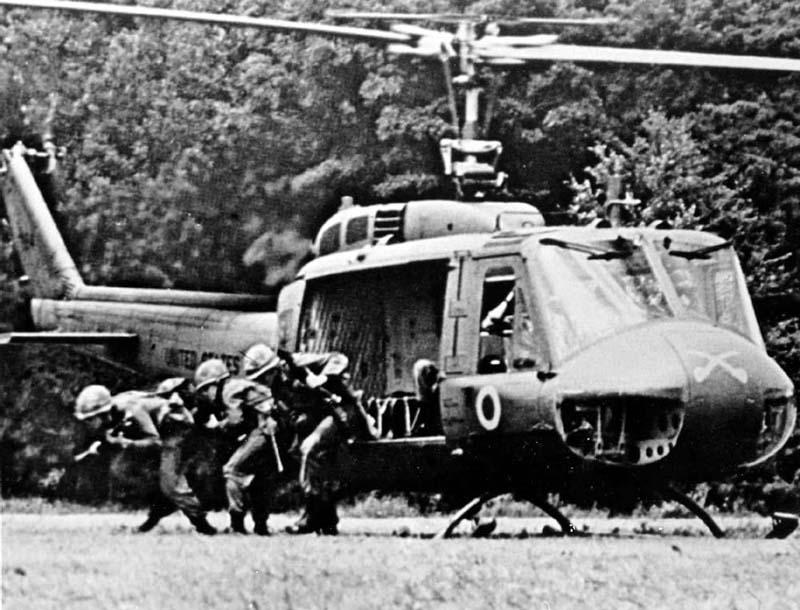
The unit had many names over the Cold War. But as James Stejskal, a veteran of the detachment, describes in his book Special Forces Berlin: Clandestine Cold War Operations of the US Army’s Elite 1956-1990, they always knew what they were getting into. “They were aware of the odds against them and the threat posed by the Warsaw Pact forces stationed just kilometers away. Despite that, no one wavered in their commitment to face and deter the Soviet war machine.”
Green Berets
The U.S. Army’s Special Forces (SF) was born in 1952, and by 1956 SF units were deployed to Berlin. “The unit would first conduct sabotage attacks on vital targets such as rail marshaling yards, bridges, military command and control systems, communications, petroleum oil and lubricant (POL) facilities, power plants, and inland waterways,” Stejskal writes:
Most of the rail targets were on the Berliner Aussenring, a 125-kilometer [77.7-mile] rail line that circled West Berlin just outside the city and would carry the overwhelming majority of Soviet traffic westwards to the front. Once those targets were destroyed, the teams would then conduct the CINCEUR’s [Commander-in-Chief Europe’s] mission of unconventional warfare behind the Warsaw Pact armies’ lines, the so-called ‘stay-behind’ mission. It was also prepared to arm and direct civilians inside Berlin against an occupation force—there were 10,000 weapons in the Brigade’s Emergency Arms Reserve stored specifically for that purpose.
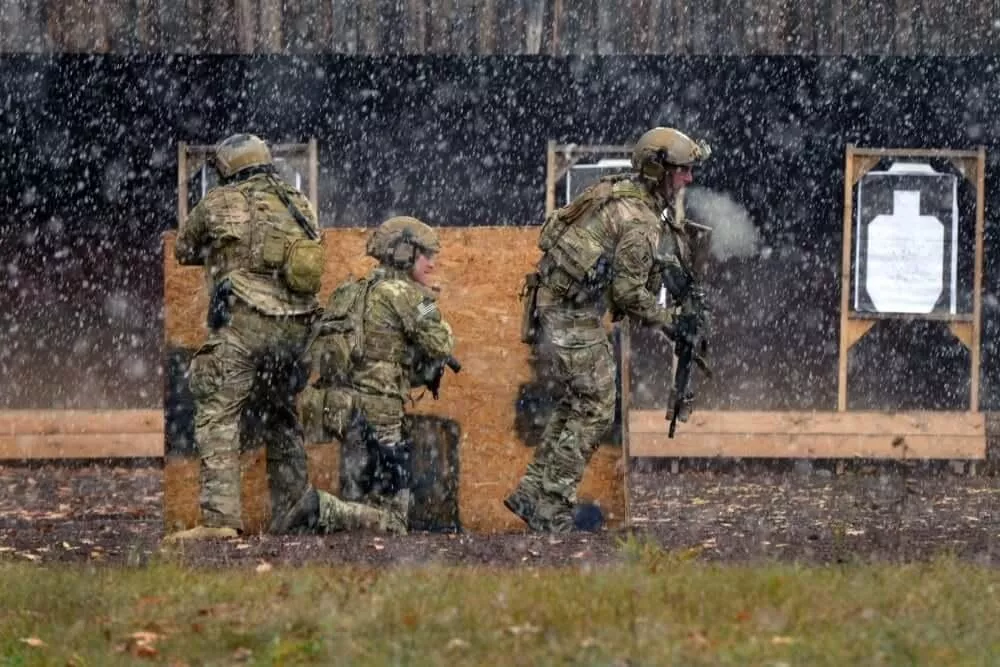
Quite a task for a unit that numbered less than a hundred men.
Berlin Wall
Ironically, the unit’s mission was eased slightly by the Berlin Wall’s nature: it was designed to keep people from escaping from East Germany rather than into East Germany. Nonetheless, had war broken out, Soviet and East German troops would have suddenly and massively assaulted west Berlin. The SF troopers would have had a little warning to leave their barracks, go underground and slip into the East before the Soviet juggernaut surged west.
As if the Soviet army and KGB weren’t enough, the Berlin special operators faced another equally formidable enemy: the U.S. government. The CIA was supposed to set up underground guerrilla groups in Eastern Europe that the Green Berets could train and lead, but the spy agency had little luck creating them.
Elite assault infantry
More important was a phenomenon that is still a problem today: using special forces troops as nothing more than elite assault infantry for direct action missions. By the 1970s, the Berlin SF detachment was increasingly asked to train and prepare for counterterrorism missions. Given the wave of terrorism that swept across Europe in the 1970s and 1980s, from groups such as Baader-Meinhof, the Red Brigades, and Carlos the Jackal, the temptation to use commandos to stop them was understandable. But kicking indoors to rescue hostages was far from the skills needed to stay alive in the East German countryside.
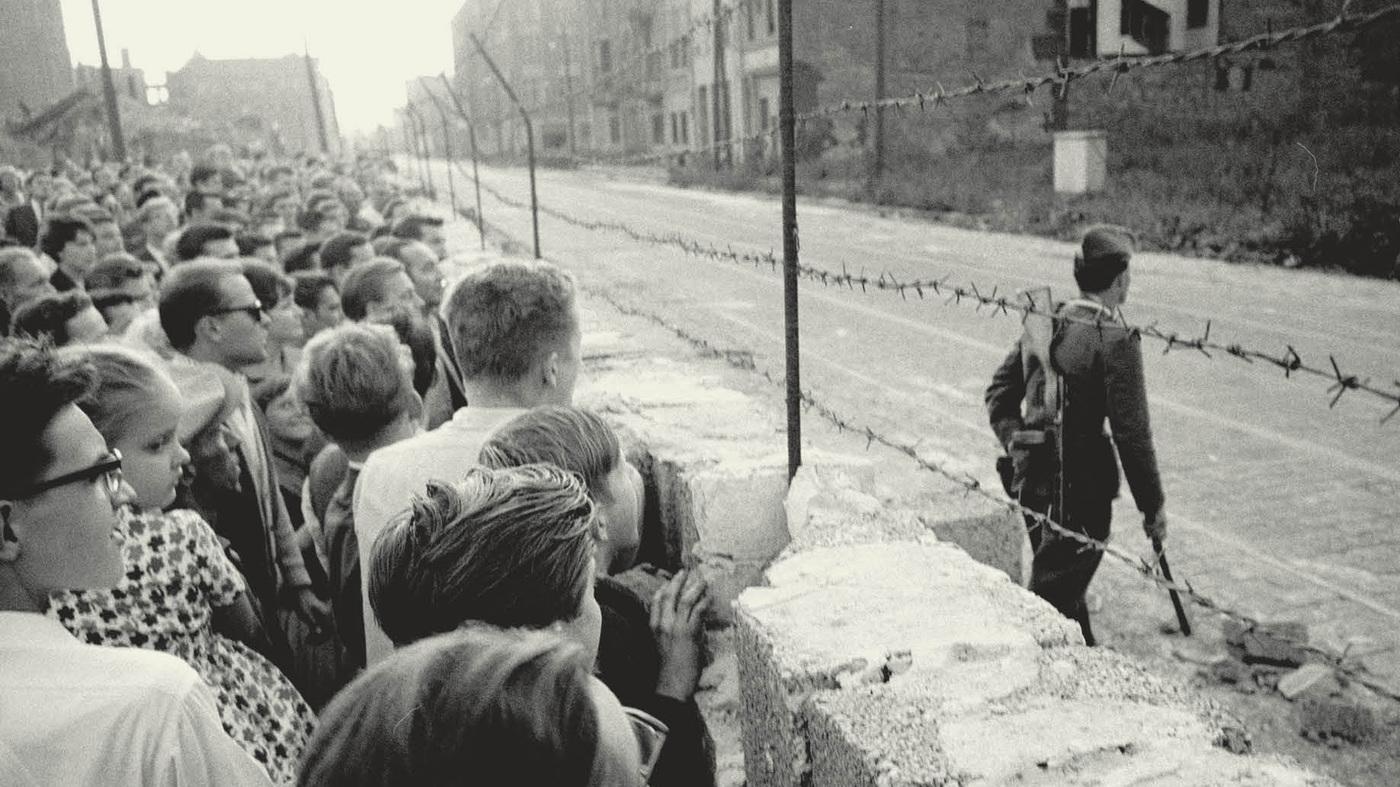
In any event, West Berlin became united Berlin when the wall came tumbling down in 1989. In August 1990, the Berlin Special Forces unit was disbanded. This writer was once told by an ex-Special Forces soldier (who hadn’t served in Berlin) that the Soviets had photos of all the detachment members. True or not, East German records uncovered after Germany’s unification show that East German intelligence didn’t have any real knowledge of the unit until 1975.
Even Stejskal admits that the Berlin Special Forces would have had a difficult time accomplishing their wartime mission. Nonetheless, whether they were practicing skiing or practicing shadowing East German spies that had slipped into West Berlin, the commandos could enjoy a strenuous but exciting assignment.
Berlin Special Forces
Most of all, the Berlin Special Forces were on the front line, at the most famous flashpoint of the Cold War, and almost no one knew they existed:
The Detachment’s men moved through the city in civilian clothes, carrying the briefcases, shoulder bags, or, later, day packs that contained the tools of their trade, whatever they needed for the tasks they were to undertake that day. They walked alongside ordinary Berliners with the uneasy knowledge that they could well be called upon to fight on those very streets. At the same time, it was hard not to smile inside—for these men were among the privileged few Special Forces soldiers given the opportunity to serve in this far outpost on such an important mission. The Spartans’ glory was often recalled at unit events, but not unforgotten was the unequivocal ending that befell them at Thermopylae.
Further reading: Special Forces Berlin: Clandestine Cold War Operations of the US Army’s Elite, 1956–1990, by James Stejskal.
